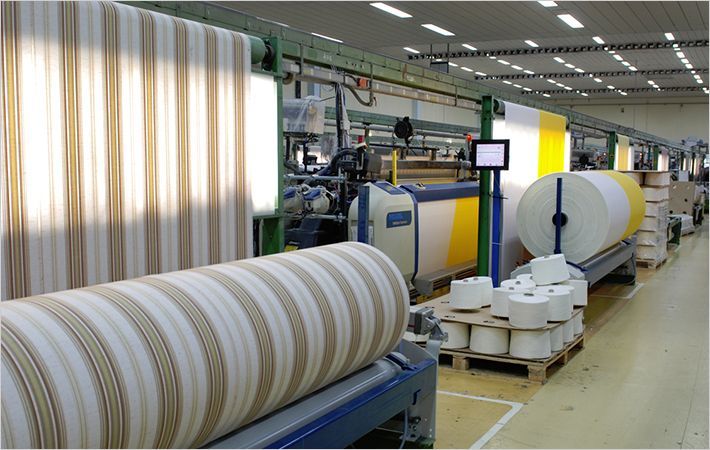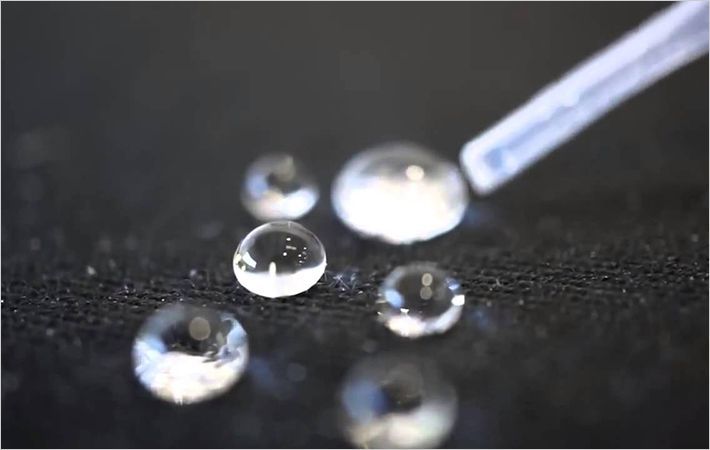OMBRA-DLS is a textile shading solution which not only keeps the sun at bay, it also uses its energy in a targeted way.
It is based on the concept of the elasticity of a UV-resistant textile net made from slit-film yarns. The permeability of OMBRA-DLS is automatically adjusted in relation to the amount of sunlight by stretching and relaxing the screen and this regulates the amount of light that can penetrate – a principle that is also used for providing thermal insulation during the night, for example. The outer surface of OMBRA-DLS is also coated with metal to optimise its interaction with the sun.
The result is continuous light penetration for optimum climate management, without any draughts or uncontrolled air streams. This enables the factors of light and heat to be adjusted accurately to suit the type and stage of growth of the plants in greenhouses – making an important contribution to increasing crop yields. What is more, OMBRA-DLS is cheaper and reacts more quickly than comparable screening systems, which operate with two or more shading systems or screens.
The results of trials carried out on this new screen showed that constant light levels could be maintained in the greenhouse using OMBRA-DLS, even on sunny days.
Tests carried out on the new screen in a test greenhouse in Honselersdijk, in which a commercial grower grew peace lilies, gave some excellent results .Independent experts said that the root system was better, the stems stronger, the leaves greener and without blemishes, and there were more flowers. Furthermore, energy consumption was also lower.
OMBRA-DLS can also be used in the home and contract sector.
Step by step towards success
Technical textiles are usually customised products and the OMBRA-DLS project was one that presented particular challenges.
The first knitting trials began in 2009 in KARL MAYER MALIMO’s technical centre. Problems quickly came to light during the tests and the potential for optimising the processing parameters and construction of the first prototypes became clear.
“Especially difficult was inserting the weft yarns in a specific way,” remembers Markus Regenstein, the managing director of Penn Textile Solutions.
Processing tape yarns as the weft on its weft insertion knitting machine presented a new challenge to KARL MAYER. Although using these narrow tapes as the zero inlays has been nothing out of the ordinary for some time now, the tests that had to be carried out now meant that special component groups had to be fitted and the knitting elements had to be modified.

